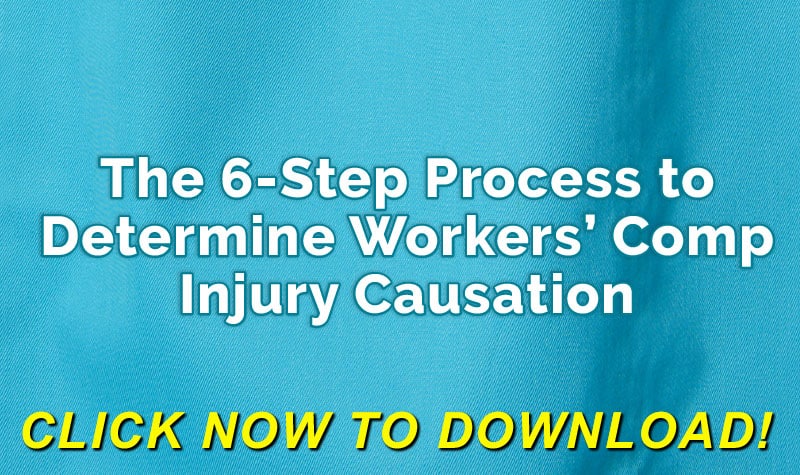Prescription Drugs Major Expense in Insurance Claims
Recent trends in auditing the expenses within insurance claims point to prescription medication as being one of the major expenses involved in these insurance claims. Within these costs, opioid pain medications tend to lead the way as some of the most expensive medications out there. It seems that physicians can be rather quick to prescribe Vicodin and OxyContin for the general strain injury, and of course the prescription of these medications can lead to a ton of problems, namely addiction and overall general misuse, which can complicate a claim tenfold.
Drug Manufacturers Looking for Answer to Addictive Side Effects
Faced with intensive scrutiny, drug manufacturers have been scrambling to come up with alternatives to lessen the side effects of these very strong pain relievers. Probably the most common new tactic being created are ways to “disable” the medication when crushed, so when the actual tablet is tampered with it will lessen the potency, thereby making any misuse less attractive to the drug abuser, which also should decrease the overall street demand for the drug. [WCx]
In addition to Vicodin and OxyContin, which have lead the way in the newspaper headlines, insurance carriers started to see an increase in the prescription drug Opana, which generally has effects similar to those of OxyContin. To refresh your memory, this certain classification of medication is used for treating severe breakthrough pain in acute injuries. Other medications that have stereotypically had a negative connotation within the insurance claim world include Valium, Xanax, Ambien, and to a lesser extent Ultram, Flexeril, Percocet, and the like. All will fall within a class of benzodiazepines and/or opioid medication used to treat severe and chronic pain complaints. Certainly when an adjuster sees any of these medications being prescribed, a red flag goes up and the adjuster will start an aggressive track of working with the prescribing doctor in an attempt to try alternative, less addictive medications that may be more reasonable to treat short-term injury pain relief.
Instead of these stronger medications being used very sparingly, and often times very early on in the work comp claim as a means to control pain, it is also becoming more common to see these medications prescribed over and over again, even after the acute stage of the claim has long since passed. This is when the real cost starts to set in, as you can imagine if a claimant is being prescribed a handful of these medications month after month, and sometimes year after year.
Overly Prescribed
If a claimant is still complaining of pain and states they are no better, then why are these medications being prescribed again and again? You would think that if the medication were actually not working, that a change would set in sooner or later, and the doctor would start to try to utilize other means of pain relief such as decreasing and tapering the dose, or switching to anti-inflammatory medications instead of opioids. Sadly, this is not often the case. You could blame this on anything, maybe sometimes just general laziness of the doctor, but really only the doctor knows the real reason. This is why adjusters, nurse case managers, and pharmacy benefits managers will intervene early on in an attempt to shift the prescriptions into safer, less expensive waters.
New Drug Alternatives
Whatever the reason, there are a few new drugs being marketed out there that you should be aware of.
Butrans—A topical patch that delivers relief for moderate to severe chronic pain.
Abstral—A tablet designed to address breakthrough pain in cancer patients.
ConZip—An extended release tablet engineered to address moderate to moderately severe chronic pain.
Lazanda—Delivered in an intranasal spray also for breakthrough pain in cancer patients.
These 4 medications will probably only be the tip of the iceberg. In the past, I would estimate it to be common to see a new drug or two over the course of a year being introduced to treat pain. As the negative press continues, I would guess you will start to hear more and more medications branded as the “next greatest thing to treat pain while limiting harsh and addictive side effects.”
In addition to new medication, the FDA is also making pharmacists and doctors work more closely together by having more stringent registration requirements once these drugs are prescribed. I guess the threat of more paperwork and possible penalties may deter doctors from casually prescribing these strong medications when the common injury presents itself. Whether or not this will work we have yet to find out. [WCx]
Summary
There is an air of change in the world of insurance claims, with the costs of prescribed medication being the main culprit of overall increased costs of long-term injuries, as well as short-term. But there are changes being made, and it is important to be aware of these changes and the hopeful cost reductions that they hope to achieve.
Saving money on claims affects us all, since in one way or another we all have to compensate for increased costs in the form of increased premiums across the board, no matter what classification the injury claim may be. Cost reduction starts one claim at a time. It is never too late to become involved and make these doctors explain why claimants remain on these expensive, oftentimes dangerous opioid medications in long-term use situations. Make these physicians defend their actions, and don’t let it pass you by and slip through the cracks.
Author Rebecca Shafer, JD, President of Amaxx Risk Solutions, Inc. is a national expert in the field of workers compensation. She is a writer, speaker, and publisher. Her expertise is working with employers to reduce workers compensation costs, and her clients include airlines, healthcare, printing/publishing, pharmaceuticals, retail, hospitality, and manufacturing. She is the author of the #1 selling book on cost containment, Workers Compensation Management Program: Reduce Costs 20% to 50%. Contact: RShafer@ReduceYourWorkersComp.com.
Editor Michael B. Stack, CPA, Director of Operations, Amaxx Risk Solutions, Inc. is an expert in employer communication systems and part of the Amaxx team helping companies reduce their workers compensation costs by 20% to 50%. He is a writer, speaker, and website publisher. www.reduceyourworkerscomp.com. Contact: mstack@reduceyourworkerscomp.com.
WORKERS COMP MANAGEMENT MANUAL: www.WCManual.com
Do not use this information without independent verification. All state laws vary. You should consult with your insurance broker or agent about workers comp issues.
©2012 Amaxx Risk Solutions, Inc. All rights reserved under International Copyright Law. If you would like permission to reprint this material, contact us at: Info@ReduceYourWorkersComp.com.



